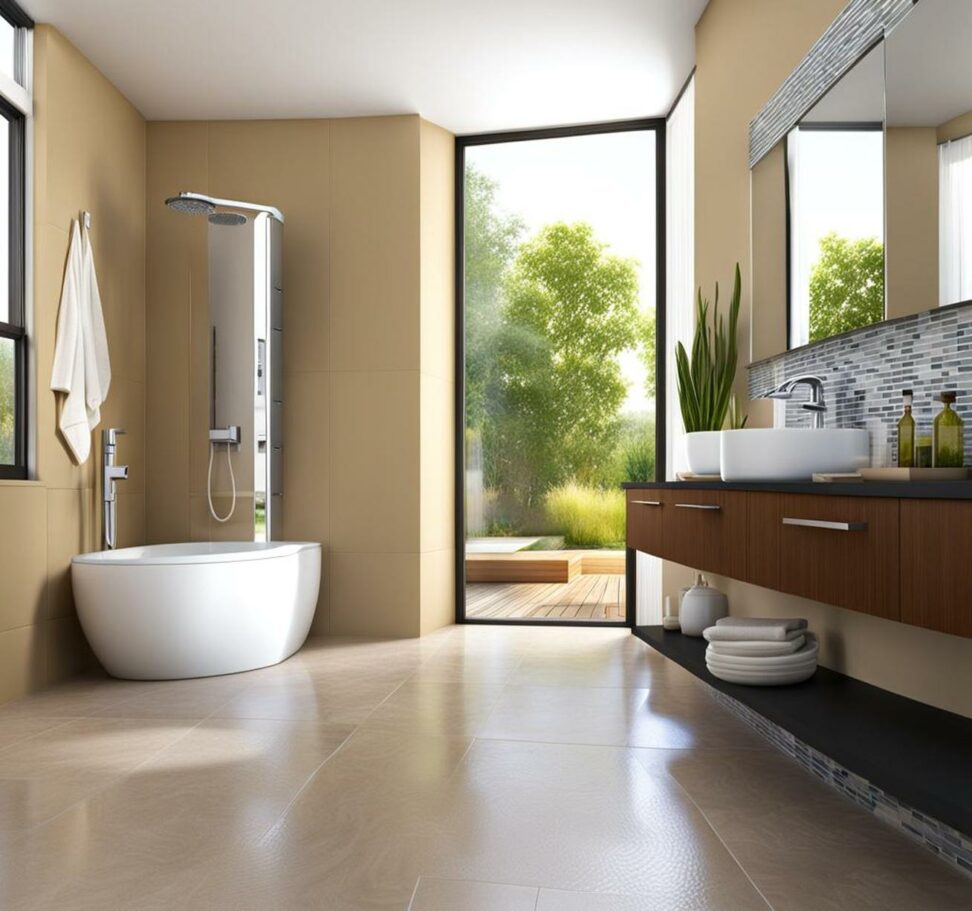Is Your House Plagued by Low Water Pressure? The Regulator Solution You Need
Does your morning shower start with an unsatisfying trickle? Do your faucets sputter and cough before emitting a weak stream? If you're struggling with insufficient water pressure in your home, you're not alone. Many homeowners deal with the headaches of showers that never seem to get hot, washing machines that won't fill properly, and toilets that take forever to refill. The culprit behind these annoying problems is often inadequate water pressure coming into the house. But before you resort to taking navy showers and washing dishes by hand, there is a solution - installing a water pressure regulator.
Low water pressure prevents your plumbing from working at its best and can lead to damage over time. Read on to learn what causes it, how to check your home's pressure, when you need a regulator, and how to fix your flow problems once and for all.
What Reduces Water Pressure in Homes?
There are several common causes of insufficient water pressure:

Aging Pipes and Plumbing
Old galvanized steel or iron pipes can become clogged with mineral deposits and corrosion, restricting flow. Water pressure decreases over decades as infrastructure ages.
Undersized Pipes
If pipes feeding your home are too narrow, they simply can't deliver enough water volume and pressure for modern needs. Outdated 1/2 inch pipes are common culprits.
Clogged Fixtures
Mineral deposits, sediment, and corrosion buildup in pipes, showerheads, faucet aerators, and valves obstructs free water flow.
Low Pressure Municipal Supply
Some areas have chronic low pressure issues from aging city water mains. If your neighbors have pressure problems too, the municipal supply may be the issue.
Warning Signs of Low Water Pressure
How can you tell if your house has insufficient water pressure? Watch for these symptoms:
- Inability to run hot water from multiple faucets at once
- Showers never getting hot enough
- Faucets sputtering air and water spurts initially
- Weak stream from faucets and showerheads
- Toilets flushing sluggishly
Pressure and flow problems tend to be worse at fixtures farther from the main incoming line. Upstairs bathrooms usually have lower pressure than first floor fixtures closest to the water source.
Dangers of Low Water Pressure
Living with insufficient water pressure isn't just an annoyance. It can lead to major headaches such as:
Pipe Damage
Over time, areas of low pressure allow mineral deposits to build up in pipes, leading to clogs. Fluctuating pressure batters pipes, causing leaks and bursts.
Appliance Ruin
Washing machines, dishwashers, and ice makers require adequate pressure to function. Low pressure will burn out motors prematurely.
Contamination Risks
When pressure drops too low, contaminated water can backflow into your pipes, creating a health hazard.
Determining Your Home's Water Pressure
To determine if pressure is the culprit, start by checking your static and flowing pressure:
Test Static Pressure
Attach a pressure gauge to an outdoor hose bib when no water is running. Static pressure should be 45-80 PSI.
Test Flowing Pressure
With the gauge attached, open the hose bib fully and check pressure. It should be at least 45 PSI while water flows.
Low static or flowing pressure indicates a problem needing attention.
When is a Regulator Required?
If tests reveal pressure under 45 PSI, a regulator is needed to boost volume. Regulators are also vital when pressure exceeds 80 PSI to avoid damage.
Low Pressure Under 45 PSI
A regulator compensates for inadequate municipal volume. Setting the output pressure to 60 PSI improves flow.
High Pressure Over 80 PSI
Excessive incoming pressure stresses plumbing. Regulators reduce pressure to prevent leaks and pipe bursts.
How Does a Water Pressure Regulator Work?
A regulator has an internal spring-loaded diaphragm mechanism. As water flows in, pressure pushes against the diaphragm. The spring provides counterforce, so only the desired pressure flows through to your home's plumbing.
Components
A regulator has an inlet to receive high-pressure water, an outlet set to the desired lower pressure, and an adjustment screw to set output pressure.
Maintains Constant Pressure
No matter how much incoming pressure fluctuates, a regulator provides steady, even pressure to your home's pipes.
Choosing the Right Water Pressure Regulator
Selecting the best regulator involves considering:
Your Plumbing
The regulator material must match your pipes. Common options are brass, plastic, and stainless steel.
Home Size
Flow rate and pipe diameter must accommodate total household needs. Opt for 3/4 inch regulators in larger homes.
Pressure Requirements
Choose a regulator that allows you to set your desired PSI, typically 45-60 PSI for most homes.
Installing a Water Pressure Regulator
Hiring a Plumber
For $250-$350, a plumber will assess your pressure, select an appropriate regulator, and install it properly on the main water line.
DIY Installation
With some plumbing expertise, you can install a basic regulator yourself in a few hours. Shut off water, cut into the main line, and follow device directions.
Where to Install It
Install regulators on the main water supply line where it enters the home, before any branching pipes or fixtures.
Maintaining Your Water Pressure Regulator
Annual maintenance ensures your regulator continues working properly:
Check the Output Pressure
Attach a pressure gauge yearly and verify the regulator is still providing optimal pressure.
Inspect for Leaks
Check around the regulator for any drips indicating worn seals needing replacement.
Flush Debris
Open the test cock to flush out any collected sediment so it doesn't impede function.
By installing a water pressure regulator on your home's main line, you can restore your plumbing to peak performance. Fixtures will deliver the strong flow you need for an invigorating shower, sparkling clean dishes, and quick pot filling. Protect your pipes from pressure fluctuations and damage. And prevent annoying leaks or bursts that cause waterlogging and mold. Take control of your home's faulty water pressure today with a reliable, easy-to-install regulator.